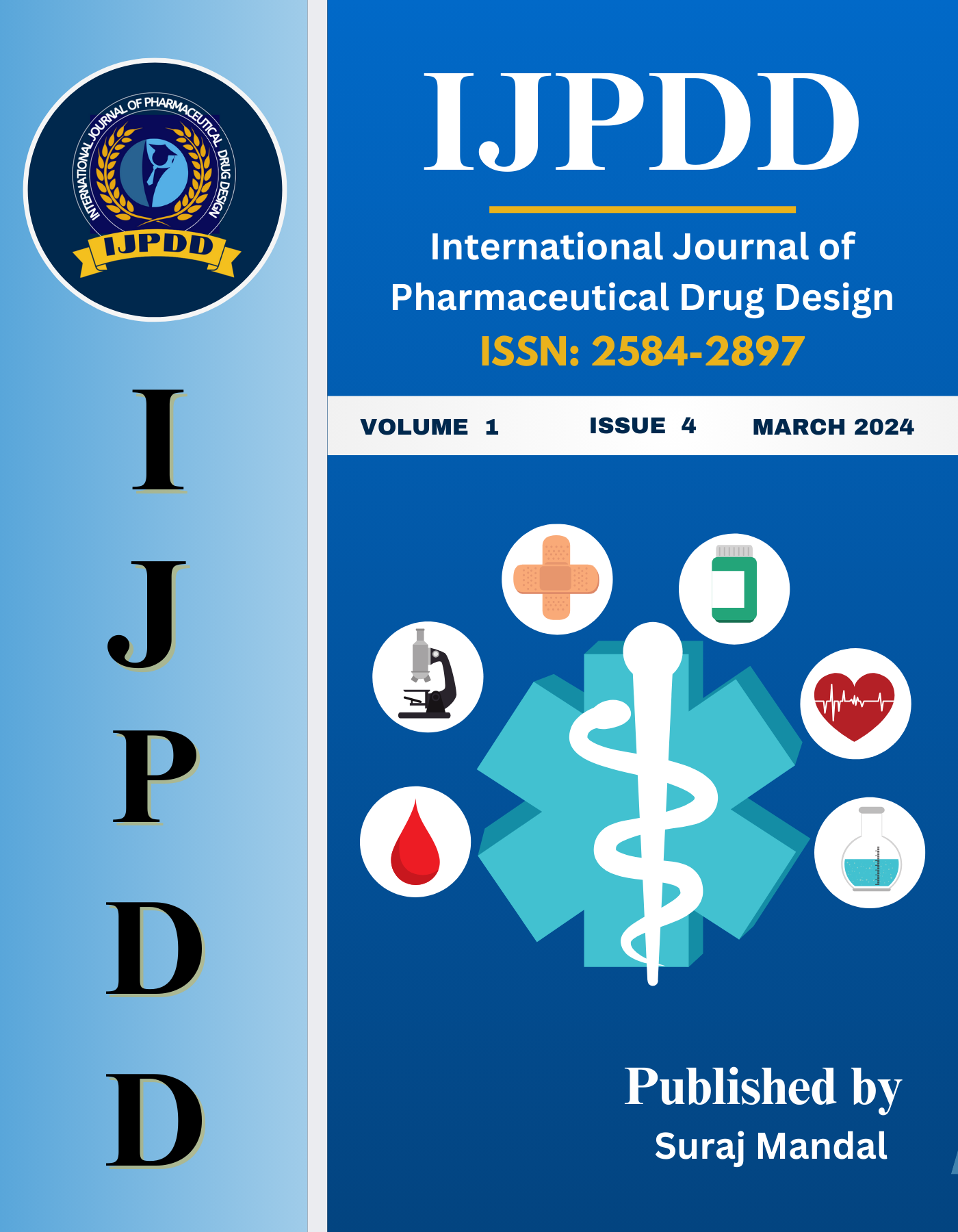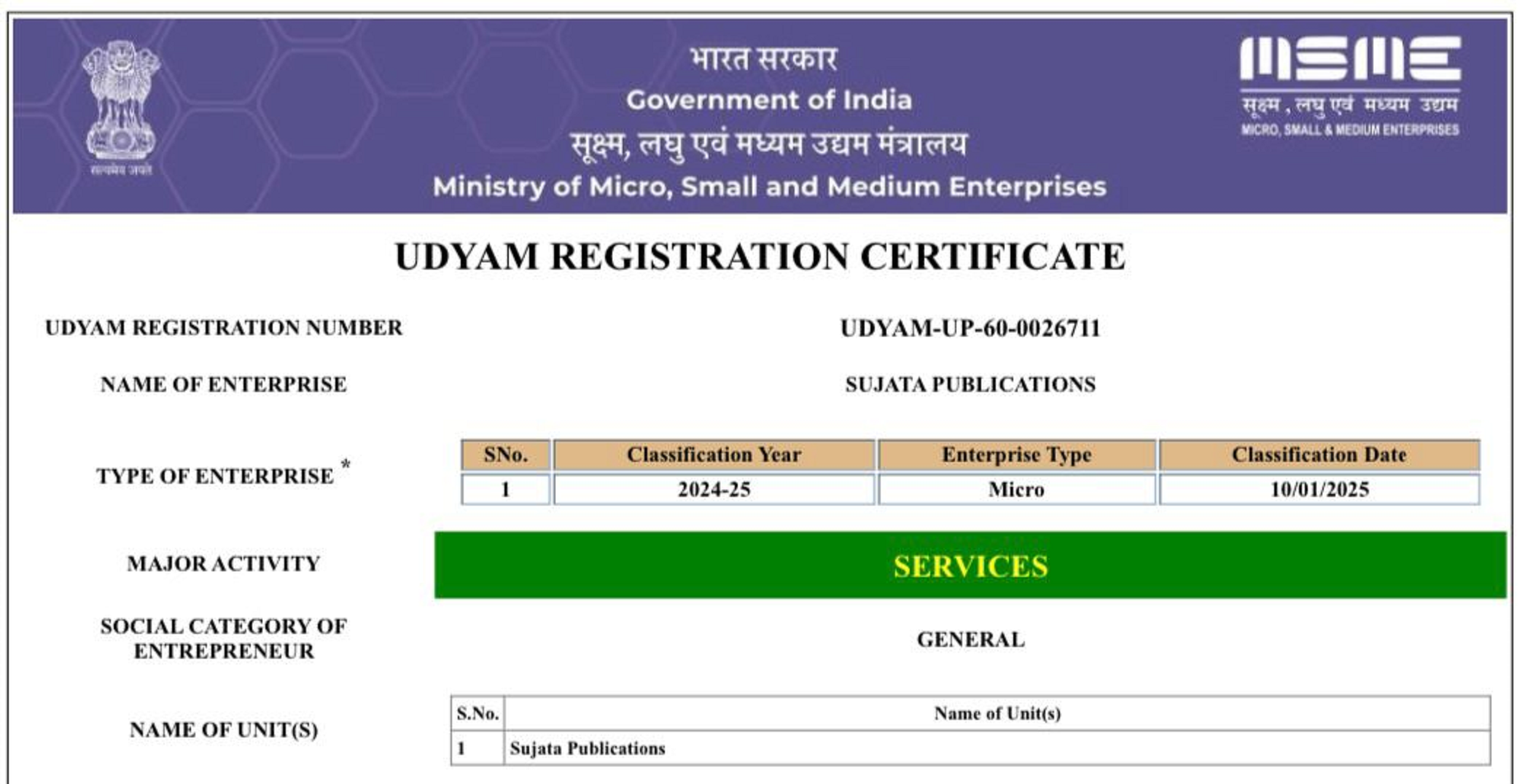Phytoconstituents, Pharmacological Activities and traditional uses of Costus Igneus, (Insulin Plant): Exploring its Medicinal Potential
DOI:
https://doi.org/10.62896/Keywords:
Costus igneus, Insulin plant, Leaf, Phytoconstituents, and Ayurvedic use, Pharmacological activities, Marketed products.Abstract
The Costus igneus, also called the insulin plant and found in Southeast Asia, has been used medicinally for a very long time. The plant was very recently brought to India, where it is grown as an attractive plant in south India. The insulin plant has a variety of phytochemical elements, including as steroid, alkaloid, flavonoid, triterpene, glycoside, and saponins. In the US, its leaves are consumed as a dietary supplement. diabetes type 2 therapy. The plant's tagline is "A leaf a day keeps diabetes away". different pharmaceutical the effects on learning and memory, antioxidant activity, neuroprotective function, hypolipidemic function, anti-diabetic effect, anti-proliferative potential, anti-microbial, anti-urolithiatic property, anti-inflammatory potential, etc. are just a few of the activities. In order to develop a workable formula for human health in the future, the current review paper aims to investigate the many medicinal properties of the Costus igneus (insulin plant).

Downloads
Published
Issue
Section
License
Copyright (c) 2024 Sujata Publications

This work is licensed under a Creative Commons Attribution-NonCommercial 4.0 International License.















